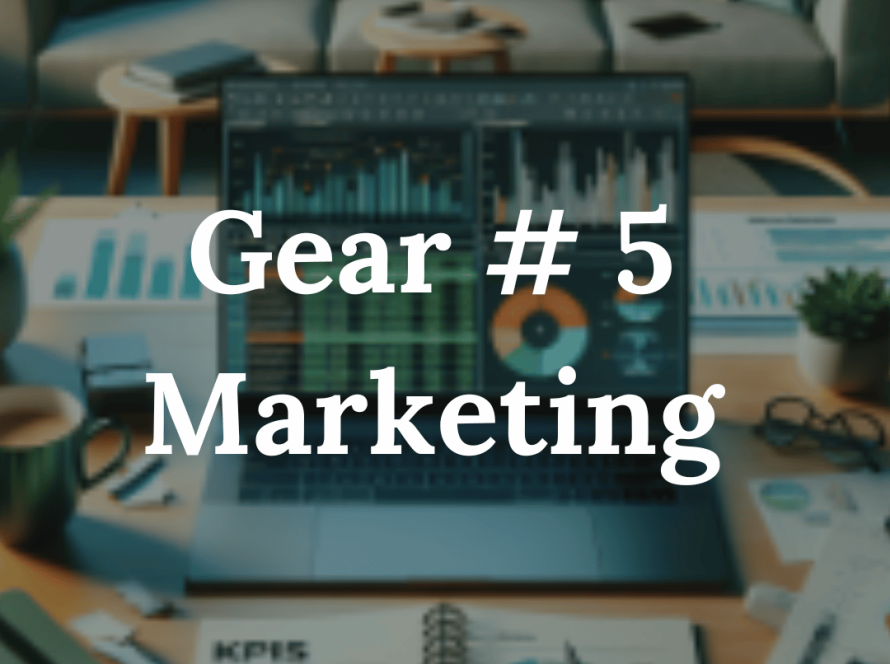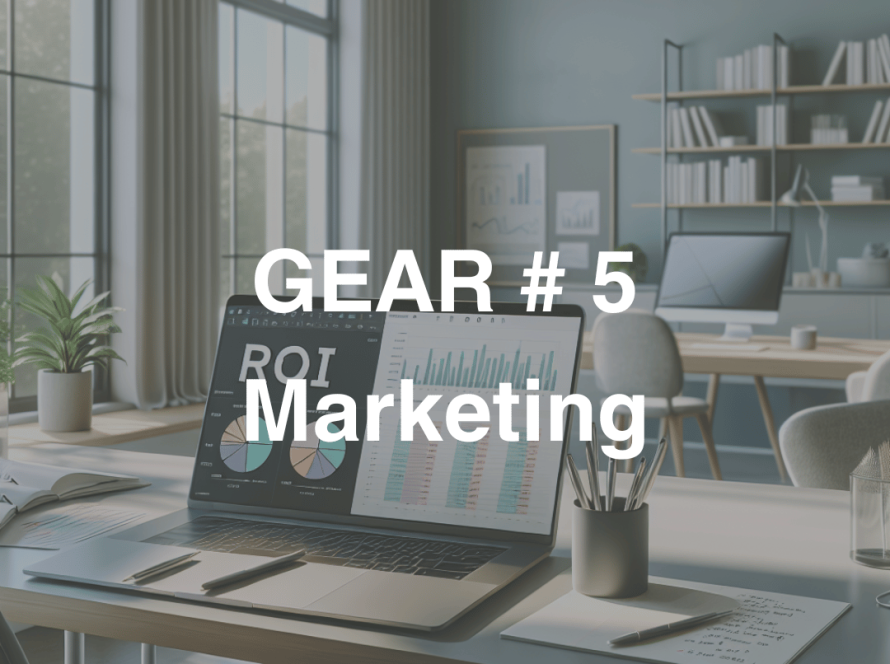Strategically investing in a customer acquisition plan is crucial to draw in qualified leads to your business and enhance the likelihood of long-term retention. As the competition intensifies, the need for a robust customer acquisition strategy has become more critical than ever.
In this guide, you will gain insights into the fundamentals of customer acquisition, discover techniques to reduce the expenses associated with acquiring new customers and explore ways to maximize the value of your loyal customer base.
Whether you are a startup seeking to establish a foothold or an established business aiming for continuous growth, this guide will equip you with the tools and insights needed to master customer acquisition in 2023.
What is customer acquisition?
Customer acquisition is the systematic and repeatable process of acquiring new customers, ultimately contributing to business growth and increased profitability. Customer acquisition involves targeting potential customers to buy your product/service. An effective customer acquisition strategy not only draws in leads but also nurtures them until they are prepared to make a purchase, ultimately converting them into customers.
The cumulative expense associated with these stages is commonly known as the customer acquisition cost (CAC). Without a well-defined strategy, businesses risk falling into the trap of investing in low-performing channels and missing out on potential opportunities.
Why is customer acquisition important?
Whether you are a small startup or a large business, customer acquisition remains the inability to generate leads and find new customers can hinder a business’s ability to thrive and innovate. A robust customer acquisition strategy not only ensures growth but also attracts investors and systematically converts leads into paying customers.
Customer acquisition allows your business to :
- Generate Revenue: Facilitates revenue generation to cover operational costs, and employee salaries, and fuel future growth.
- Demonstrate Traction: Provides tangible evidence of traction, serving as a valuable metric for external stakeholders like investors, partners, and influencers.
The ability to consistently attract and convert new customers not only ensures the growth of a company but also encourages satisfaction among investors.
Purpose of Customer Acquisition
Customer acquisition aims to establish a consistent and systematic approach to draw customers to your business. While waiting for customers to naturally come towards your business is an option, it doesn’t guarantee sustained or increased profits over time.
Specialists in customer acquisition employ targeted techniques to prompt potential customers to take specific actions. The overarching goal is to create a dependable, methodical strategy for acquiring new customers and fostering revenue growth. While customer acquisition may share similarities with marketing—both involve showcasing your brand and connecting with customers—there’s a fundamental difference between the two.
Distinguishing Customer Acquisition from Marketing
While marketing primarily focuses on building brand awareness, customer acquisition goes a step further by driving actionable responses. Imagine you initiate a content marketing campaign targeting your desired audience. The success of this marketing effort can be assessed by metrics such as engagement, shares, and comments. This exemplifies the essence of marketing — building awareness and recognition.
On the flip side, the subsequent customer acquisition phase occurs when individuals who engage with your content take decisive actions, such as visiting your website, subscribing to your newsletter, or making purchases. In essence, marketing sets the stage for brand recognition, while customer acquisition translates engagement into tangible revenue.
The Customer Acquisition Funnel
The customer acquisition funnel serves as a dynamic framework for monitoring the progression of potential customers through distinct stages of their purchasing journey, ultimately culminating in loyal buyers. Starting with a broad entry point that captures initial awareness, the funnel systematically guides individuals through stages of heightened interest, evaluation, and, finally, conversion.
This funnel widens at the initial awareness stage, accommodating a multitude of prospects learning about your products or services. As engagement intensifies, the funnel progressively narrows, reflecting a reduction in actively engaged prospects as they advance toward a purchasing decision. At the funnel’s conclusion, a smaller yet highly qualified group of prospects transforms into paying customers.
The fundamental purpose of delineating the customer acquisition funnel is to cultivate a data-driven perspective on how potential customers traverse defined stages, offering actionable insights to refine marketing and sales processes throughout the entire customer lifecycle. This strategic approach aims to enhance conversion rates, reduce acquisition costs, and fortify customer retention over time.
Proactive optimization of the customer acquisition funnel yields substantial advantages, including:
- Identifying Obstacles: Pinpointing challenges within the customer journey towards conversion.
- Evaluating Strategy Effectiveness: Assessing the efficiency of current acquisition strategies.
- Resource Allocation Efficiency: Facilitating more effective allocation of marketing and sales resources.
- Accurate Forecasting: Supporting precise budgeting and forecasting of future conversions and revenue.
- Customer-Centric Culture: Cultivating a customer-centric mindset across the organization.
This comprehensive approach not only helps rectify any leaks in the funnel but also ensures a continual enhancement of the conversion ratio.
Follow these steps, a simple strategy to bring in new customers:
Identify Your Ideal Customers
It’s important to comprehend both your existing and desired customer base before jumping onto the customer acquisition phase. Conducting market research and analyzing competitors form integral parts of this process. Understanding where your potential customers frequently visit, their preferred platforms, and where they hang out is of utmost importance.
Define and Align Your Goals
Tailor your goals and objectives based on your ideal customer profile. This approach allows you to craft a thoughtful customer acquisition plan with a clear endpoint in mind.
Select Your Customer Acquisition Channels
Every platform that introduces your brand to potential customers, whether through social media, organic search, or paid advertisements, serves as a customer acquisition channel. Stay vigilant in identifying the signals from each channel and employ diverse, result-oriented strategies to capture more leads. Recognize that different age groups gravitate towards specific social media channels.
Effectively Communicate with Your Customers
Direct feedback from customers is invaluable for identifying gaps in your customer acquisition process. Actively seek this information through avenues like customer surveys, email contact forms, interviews, social media posts, or blog content. Engage with your audience by promoting deals, soliciting feedback, and being available for conversations.
Measure and Improve Your Strategy
You can not run a business these days without analytics. Measure your results to understand how customers discover your products, where they make purchases, their geographical locations, and other identifying characteristics.
Compile a list of metrics before tracking them, including CACs (Costs of acquiring customers), growth in new customers, customer lifetime value (LTV), and churn rate.
We’ve successfully assisted numerous brands and businesses in gaining more customers, generating leads, and enhancing their Click-Through Rates (CTR) while maintaining minimal Customer Acquisition Costs (CAC). If you are looking forward to achieving similar success for your business, feel free to reach out to us.
ProfitLeap presents a comprehensive client acquisition system. Our expertise lies in constructing your client funnel, guiding individuals from their initial interaction to the point of purchasing your services, offers, or products.


